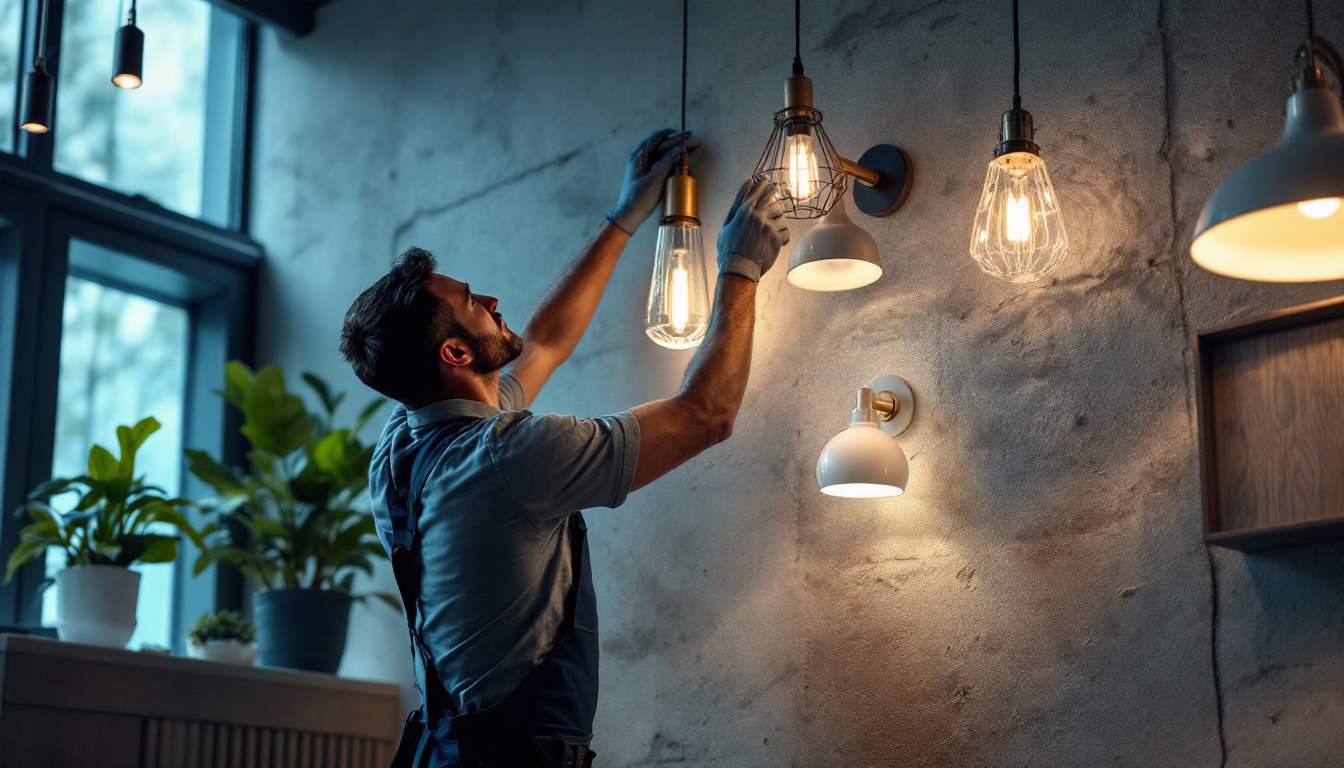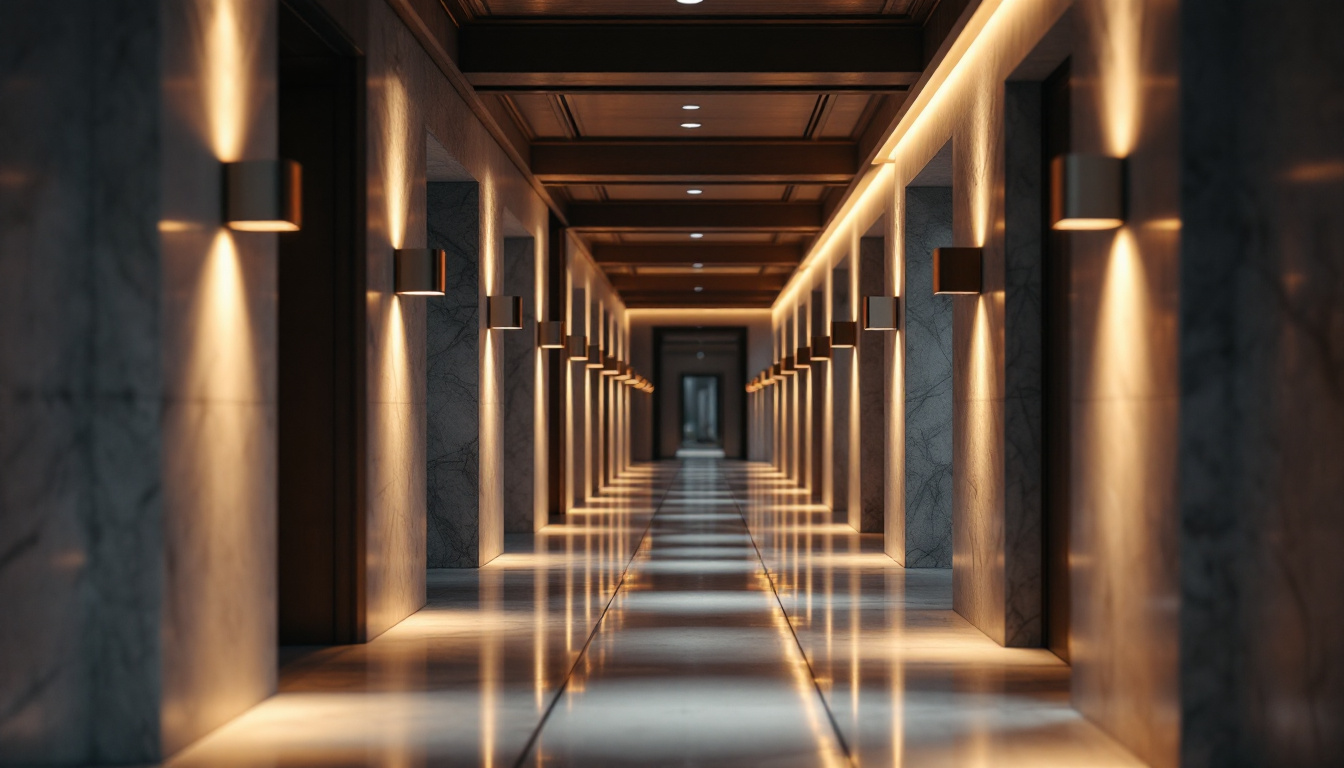
For lighting contractors, understanding the nuances of light fixtures is essential for delivering quality installations that meet both aesthetic and functional requirements. This article aims to provide a comprehensive overview of light fixtures, their types, applications, and considerations for installation and maintenance. By delving into the details, contractors can enhance their expertise and ensure client satisfaction.
Light fixtures serve as the foundation of any lighting design. They not only provide illumination but also contribute to the overall ambiance and functionality of a space. A light fixture consists of several components, including the housing, light source, and often a decorative cover or shade. Understanding these components is crucial for selecting the right fixture for a specific application. The choice of light fixture can dramatically alter the mood of a room, making it feel cozy, vibrant, or even dramatic, depending on the design and placement.
The basic components of a light fixture include the following:
Light fixtures come in various types, each suited for different applications. Understanding these types helps contractors make informed decisions when recommending fixtures to clients. The selection of the right type of fixture can enhance both the functionality and aesthetic appeal of a space, making it essential to consider the specific needs of each area.
Additionally, the integration of smart lighting technology is becoming increasingly popular in modern light fixtures. Smart fixtures allow users to control brightness, color, and even scheduling through mobile applications or voice commands, providing both convenience and energy efficiency. This technology can be particularly beneficial in spaces where lighting needs may change throughout the day, such as in home offices or living rooms. As the demand for energy-efficient solutions grows, the evolution of light fixtures continues to adapt, offering innovative designs that meet both aesthetic and functional needs.
Selecting the appropriate light fixture involves several considerations, including the intended use, the space’s design, and energy efficiency. Each factor plays a significant role in ensuring that the lighting meets the client’s needs.
When choosing light fixtures, contractors should consider the following:
When discussing light output, lumens and watts are two critical terms that contractors must understand. Lumens measure the total amount of visible light emitted by a source, while watts measure the energy consumption of that source.
In modern lighting design, focusing on lumens rather than watts is essential. For instance, an LED bulb may use significantly fewer watts than an incandescent bulb while providing the same or greater lumens. This shift toward lumen-based measurements allows for more efficient lighting solutions that meet client needs without unnecessary energy consumption.
Proper installation of light fixtures is crucial for ensuring safety, functionality, and longevity. Contractors must adhere to industry standards and best practices to achieve optimal results.
Safety is paramount when installing light fixtures. Contractors should always follow local electrical codes and regulations. Some key safety considerations include:
The method of mounting a fixture can greatly affect its performance and appearance. Different types of fixtures require different mounting techniques:
Regular maintenance is essential to prolong the lifespan of light fixtures and ensure they operate efficiently. Contractors should advise clients on proper care and troubleshooting techniques.
To keep light fixtures in optimal condition, contractors can suggest the following maintenance practices:
Contractors should be prepared to troubleshoot common lighting issues that clients may encounter:
The lighting industry is continually evolving, with new technologies emerging that enhance efficiency and functionality. Staying informed about these innovations can give contractors a competitive edge.
Smart lighting systems allow for greater control over lighting environments. These systems can be programmed and controlled remotely through smartphones or home automation systems. Key benefits include:
LED technology continues to advance, offering improved efficiency and color quality. Recent developments include:
Understanding light fixtures is vital for lighting contractors aiming to provide exceptional service and solutions to their clients. From selecting the right fixture to ensuring proper installation and maintenance, each step plays a crucial role in the overall success of a lighting project.
By staying informed about the latest technologies and best practices, contractors can enhance their skills and offer clients innovative, efficient, and aesthetically pleasing lighting solutions. As the industry continues to evolve, embracing these changes will ensure that contractors remain at the forefront of the lighting design field.
Ready to elevate your lighting projects with the best in spec-grade fixtures? Look no further than LumenWholesale, where we provide contractors with exceptional lighting products at unbeatable wholesale prices. Our commitment to quality and affordability ensures you have access to a vast selection of industry-standard lighting solutions, all with the convenience of free shipping and no hidden fees. Make your next project shine brighter while maximizing value and efficiency. Discover the ideal lighting for every design at Wholesale Lighting at the Best Value and join the multitude of satisfied contractors who choose LumenWholesale for their lighting needs.

Discover how LED dusk-to-dawn outdoor garage lights can significantly enhance safety and security in your home.

Discover the ultimate resources lighting contractors rely on to master the art of illuminating corridors with downlights.

Illuminate your projects with ease using portable football field lights.

Discover essential tips and strategies for lighting contractors in our comprehensive checklist designed for light LED emergencies.